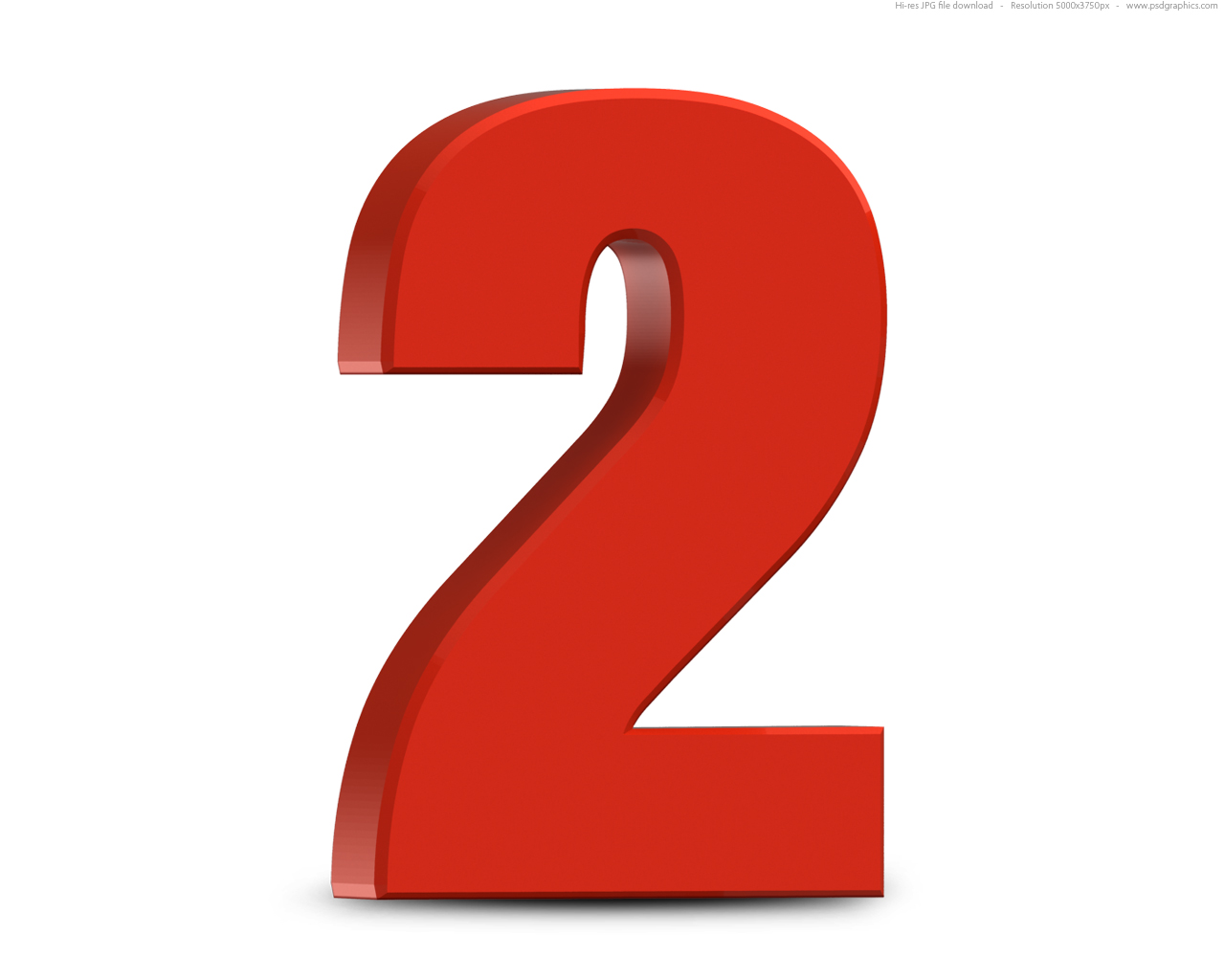When embarking upon the task of selecting an appropriate measuring instrument, one might ponder: what two primary factors govern this decision-making process? This query prompts a deeper exploration into the realms of instrument selection within scientific and engineering disciplines. It illuminates fundamental considerations that can profoundly influence measurement accuracy, reliability, and, ultimately, the validity of experimental outcomes. In this discourse, we shall delve into two critical factors: the nature of the measurement and the context of the application.
The first decisive factor influencing the choice of a measuring instrument is the inherent nature of the measurement itself. This encompasses various dimensions such as the physical property being quantified (e.g., length, mass, temperature, pressure), the required measurement precision, the scale of measurement, and even the operational environment. Each of these attributes can dictate the suitability of specific instruments.
To begin, let us consider the physical property under scrutiny. For instance, measuring length can employ various tools, including calipers, rulers, and laser distance meters. Each has distinct advantages depending on the required precision and the nature of the material being measured. While a standard ruler suffices for everyday tasks, a laser distance meter is indispensable for high-precision applications in expansive or inaccessible areas.
The degree of precision necessary for the measurement is another critical dimension. Instruments such as digital scales and micrometers offer varying levels of sensitivity and resolution that are crucial for specific tasks. A digital scale might capture measurements to the nearest gram, suitable for culinary applications, whereas a micrometer could measure to the nearest thousandth of a millimeter, vital in mechanical engineering contexts.
Furthermore, the scale of measurement—whether macro or micro—also influences instrument selection. For large-scale measurements in civil engineering, tools such as theodolites and total stations are commonly utilized. In contrast, nanotechnology fields necessitate the use of atomic force microscopes or scanning electron microscopes, which are capable of measuring phenomena at the atomic level.
The operational environment plays a significant role in determining instrument choice as well. Factors such as temperature, humidity, and the presence of electromagnetic interference can significantly impact the performance of measuring devices. For example, thermocouples might be optimal within high-temperature environments, while optical instruments may need protection from humidity-induced errors. Thus, understanding the operational context is paramount in refining the choice of measuring instrument.
Now, let us pivot to the second cardinal factor affecting instrument selection: the context of the application. This includes the intended use of the measurement, the necessary compliance with industry standards, costs associated with instrumentation, and the available technological infrastructure.
The intended application of the measurement can determine the level of sophistication required in an instrument. In scientific research, precision and accuracy are often paramount, necessitating high-quality tools like spectrophotometers or gas chromatographs. Conversely, in less critical settings, such as informal educational demonstrations, simpler apparatuses might suffice, thereby enhancing accessibility while minimizing expenditure.
Compliance with industry standards is another vital consideration. Regulatory bodies often dictate specific requirements for measurement accuracy and reliability in domains such as pharmaceuticals, food safety, and meteorology. Thus, selecting an instrument that adheres to these guidelines not only ensures lawful compliance but also enhances the credibility of the results obtained.
The financial implications of instrument selection cannot be understated. High-end scientific instruments come with significant price tags, which can pose challenges for funding in research projects or small-scale enterprises. Consequently, a researcher might face the dilemma of achieving desired precision while navigating budgetary constraints. This often necessitates a comprehensive analysis of cost-benefit ratios associated with various instrument choices.
Finally, the existing technological infrastructure can further influence instrument selection. Institutions may already possess certain types of equipment that, while potentially outdated, can serve as a cost-effective solution. Adaptations, such as utilizing existing instruments with upgraded software or supplementary tools, could yield satisfactory results without necessitating considerable new investments.
In conclusion, the choice of measuring instrument is a multifaceted decision that hinges on two interrelated factors: the nature of the measurement and the context of its application. Each factor harbors intricate nuances that necessitate careful consideration. Evaluating the physical property, required precision, operational environment, intended application, industry compliance, costs, and technological context is essential. As researchers and professionals navigate the realms of measurement, they must remain vigilant to these elements to optimize their instrument selections, thus ensuring the fidelity and validity of their scientific endeavors. Such a comprehensive approach not only enriches the measurement process but also enhances the overall integrity of findings across various disciplines.










